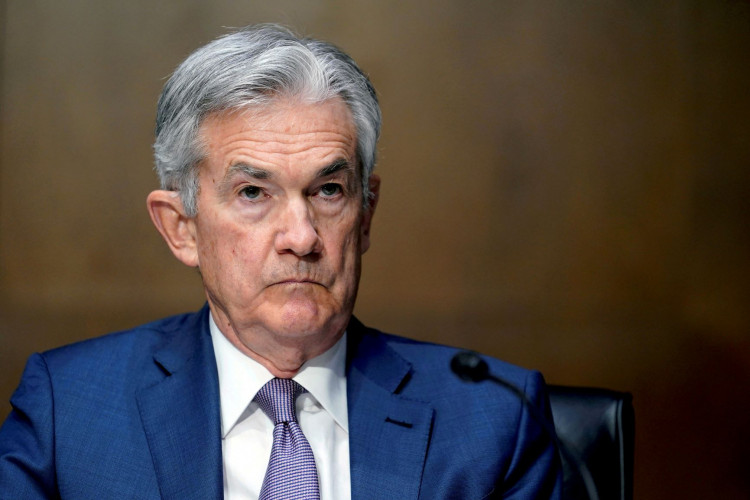Amid an economic landscape that has both surpassed expectations and defied slowdown forecasts, the U.S. Federal Reserve chose to sustain its key interest rate within the 5.25%-5.5% bracket. This decision keeps the rates at their highest in 22 years, reflecting a targeted response to near-record inflation levels.
In recent statements, the central bank noted the U.S. economy's impressive expansion, delineating a growth rate of 4.9% in the third quarter, an acceleration from earlier predictions. Such robust numbers, supported by a tight labor market and an uptick in consumer spending, have certainly played a part in the Federal Reserve's rate decisions.
Rising interest rates typically serve as a buffer against inflation. By hiking rates, central banks intend to make borrowing pricier, which theoretically curtails consumer expenditure and, subsequently, decelerates price escalation.
However, the persistent rate hikes have had their share of critics. There are growing concerns that perpetuating such elevated interest rates might plunge the U.S. economy into a recession. These apprehensions, though, seem to be momentarily alleviated by the recent surge in the economy's growth metrics.
Fed Chairman Jerome Powell emphasized the continuous assessment needed, stating that a few months of encouraging economic data merely initiate the journey towards instilling confidence in achieving the bank's inflation objectives. With current inflation at 3.7%, surpassing the Fed's 2% target, Powell acknowledged the hardships consumers face due to dwindling purchasing power. He also recognized the effects of the Federal Reserve's previous rate increments on businesses and communities.
Interestingly, the global stage has its role in these deliberations. Chairman Powell alluded to the heightened global geopolitical tensions, especially referencing situations like Ukraine and the Israel-Gaza conflict, suggesting the bank's keen eye on international events for potential economic implications.
External analysts, such as Peter Jankovskis, believe the current economic strength may drive the Federal Reserve to deliberate on further rate hikes. He remarked, "Higher for longer remains the theme," indicating a possible prolonged phase of elevated rates, which has historically meant costlier loans for various sectors, including businesses and housing.
Meanwhile, across the Atlantic, eyes are on the Bank of England. After halting a streak of 14 consecutive rate hikes last September, the bank's forthcoming decision on interest rates is eagerly awaited.






